Edinburgh College of Art graduate, Claire Lamond talks us through her making process, including the care and attention spent on her animations:
Starting with a glimmer of an idea, a pile of balsa wood, mdf, scraps of fabric and turning it all into a convincing world with characters that an audience, hopefully, believe to be ‘real’ and care about feels a wee bit like magic.
Between the pile of material and a finished film is the graft.
Unlike in live action films, the editing in animation is done up front. When you produce about 4-6 seconds a day you don’t want to be animating much that you don’t want to use! In the two main narrative films that I’ve made I’ve been terrified to the point of near paralysis at this stage: What if the story’s rubbish? What if I can’t pull off that ambitious shot? What if nobody cares? I want folk to care. For me the purpose of filmmaking is to reflect society, albeit by focussing in on a wee story.
The story develops through mind mapping then a storyboard and, finally, an animatic (a storyboard which plays out as a film to get the timings nailed). When I worked with Karine Polwart on my adaptation of Anne Donovan’s story, All That Glisters , she produced a beautiful and responsive score so my animatic was very tight so she could work in parallel to my development. Because she used weird and wonderful musical instruments for particular moments I learned to be as specific as ‘The glitter will appear on frame 3762’ (although she was also very tolerant to the changes I did make along the way!).
In my time as Animator in Residence at National Mining Museum Scotland in Newtongrange (as part of Creative Scotland’s Iconic Artists Iconic Places programme), I developed the narrative by getting a feel for the collection and ultimately settling on interviewing some of the ex-miners about their experiences for inspiration, specific information and as the wonderful voices on the film.
I don’t use lip synching, preferring to use movement as the main form of communicating, so I haven’t needed to record scripted dialogue at this stage.
Making all the characters, props and sets is a labour of love to me. I keep a detailed blog of the process as I go (For All That Glisters see http://clairelamond.wordpress.com/ and for Seams and Embers see http://seamsinthedark.wordpress.com/) which is partly for my own sanity but also because I find learning and getting ideas from other people’s practice so useful myself.
Most of my costumes are made from old clothes. One of my daughters said yesterday, as I sat surrounded by material, looking for the perfect cloth for a tiny jumper, ‘It’s lucky for you, given all your making stuff, that you had children so we could grow out of all these clothes’.
Apart from measurements for making the armatures, I don’t do character designs in advance. I make their faces in a casual way and wait to see who appears.
The room sets have three or four walls which can all be removed depending on the angle of shot I want. These are mounted on a stage so that I can ‘tie’ characters down by putting bolts into their feet from below so they can walk/stand without falling over.
Lighting is really important to me so I take quite a long time with it making sure it works from all angles and getting the right colour and intensity for the time of day.
It might be easier to shoot all the shots I need from one angle then move the camera and do the same from another but I almost always shoot chronologically. I watched an interview with one of my filmmaking heroes, Ken Loach, many years ago describing his technique of doing this and what he gained by it and it stuck with me. So, although I work at about 0.02% of the speed it will be played back at, my head stays in the story while I animate.
I also tend to animate quite long (in animation terms!) movements ‘blind’. Like most stop motion animators, I use a computer programme to capture the images which allows you to play them back or compare the new shot to the last but I find I keep in the headspace and get a more emotional ‘performance’ from the puppets if I don’t keep stopping every frame to see how it looks. It’s a faster way of working and I myself don’t get beautiful smooth animation doing it this way but hopefully the emotion comes through.
I do get ridiculously involved in the emotion of the scenes – I catch myself holding a look on my face that matches what I’m trying to produce in the puppets…and I chat to them…I put it down to too long in a dark space on my own!
I emerge, a few months down the line, blinking into the light and do the foley (incidental sounds) and compositing (putting layers of visuals and effects together). I call on the expertise of Mattie Foulds to bring his magic to the sound mixing. I then put the sound and pictures together with title and credits and the film is done.
More: Website | Blog | Facebook
//////
Want to read more blogs by artists? Look here.


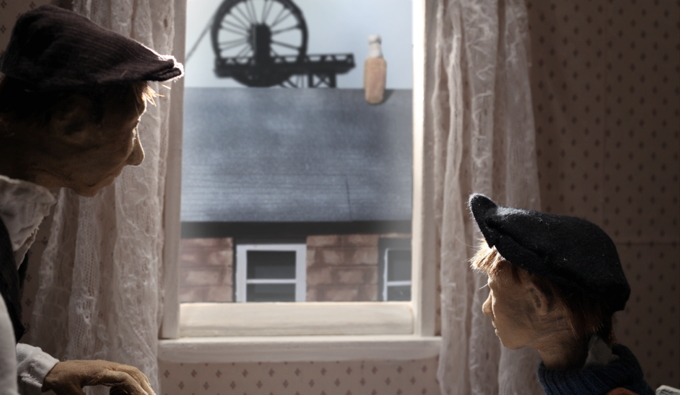
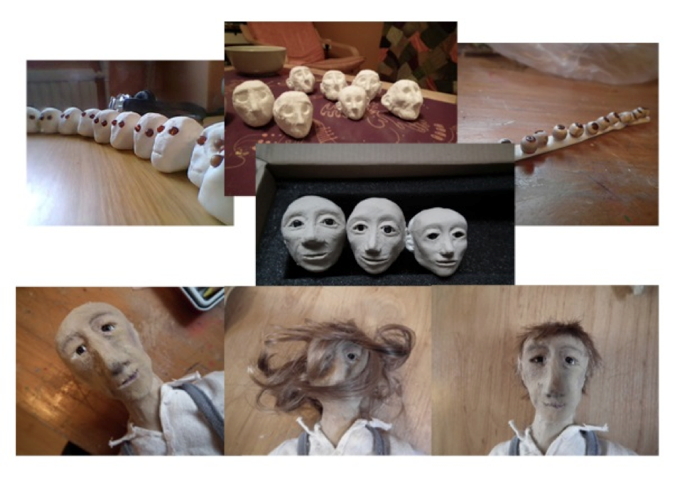
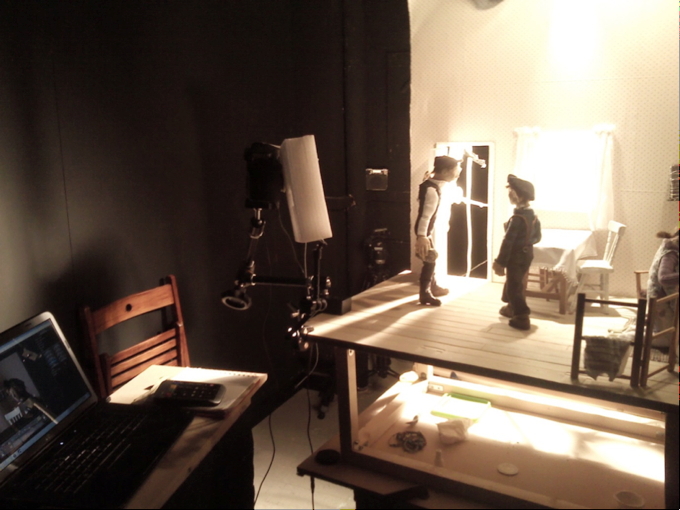
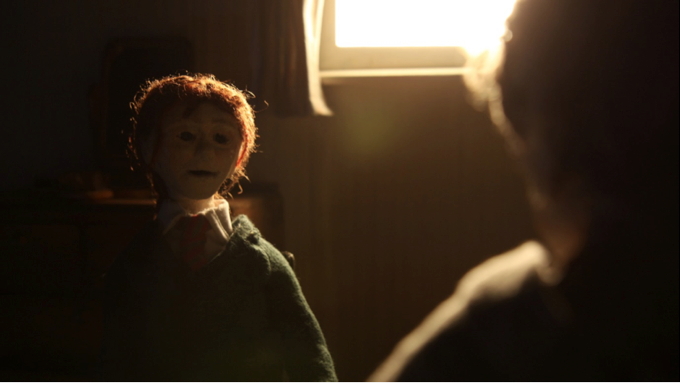
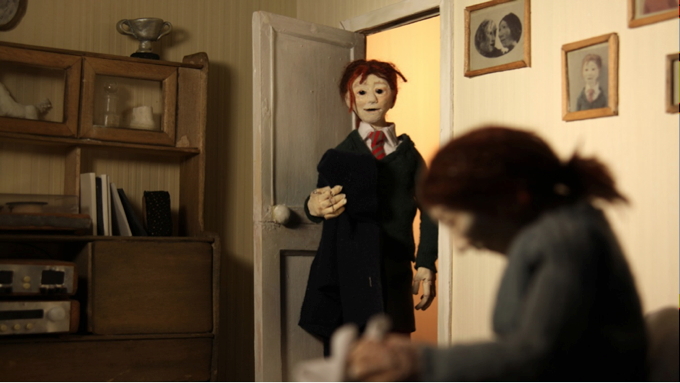
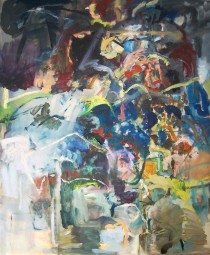
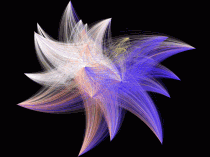
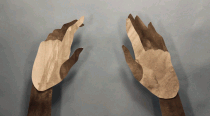









Comments